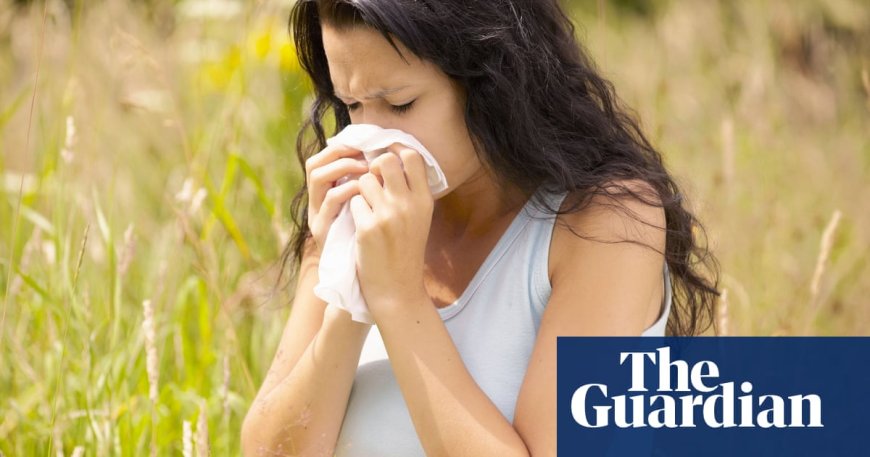Extreme Pollen Levels in Europe Trigger Allergy Symptoms in Non-Allergic Individuals, Data Reveals
Data from the Copernicus Atmosphere Monitoring Service (Cams) shows that extreme pollen levels in Europe during spring caused hay fever symptoms even in people not known to have allergies. The rise in grass, olive, and birch pollen levels across different regions of Europe is attributed to the climate crisis, leading to an increase in allergy sufferers. Air pollution and invasive species are also contributing to the worsening allergy situation.

Pollen levels were extreme in parts of Europe during spring, causing hay fever symptoms even in people without known allergies, according to data.
The Copernicus Atmosphere Monitoring Service (Cams) reported a rise in grass, olive, and birch pollen across southern and north-eastern Europe.
Finland saw extreme birch pollen levels in May, affecting individuals without allergies, the EU agency said.
The climate crisis is changing pollen production and distribution, leading to more allergy sufferers.
Plants flowering earlier due to warmer spring weather extend the pollen season, impacting allergy sufferers.
About a quarter of European adults have airborne allergies, with children at 30% to 40%, expected to rise to half by 2050, per the World Health Organization.
Cams director Laurence Rouil noted the severity of this year's high pollen levels, exacerbated by air pollution and invasive species.
Wildfires in Europe and eastern Russia also affected air quality from March to May, with significant smoke observed in China, Japan, and Europe.
What's Your Reaction?
 Like
0
Like
0
 Dislike
0
Dislike
0
 Love
0
Love
0
 Funny
0
Funny
0
 Angry
0
Angry
0
 Sad
0
Sad
0
 Wow
0
Wow
0







































































































































































